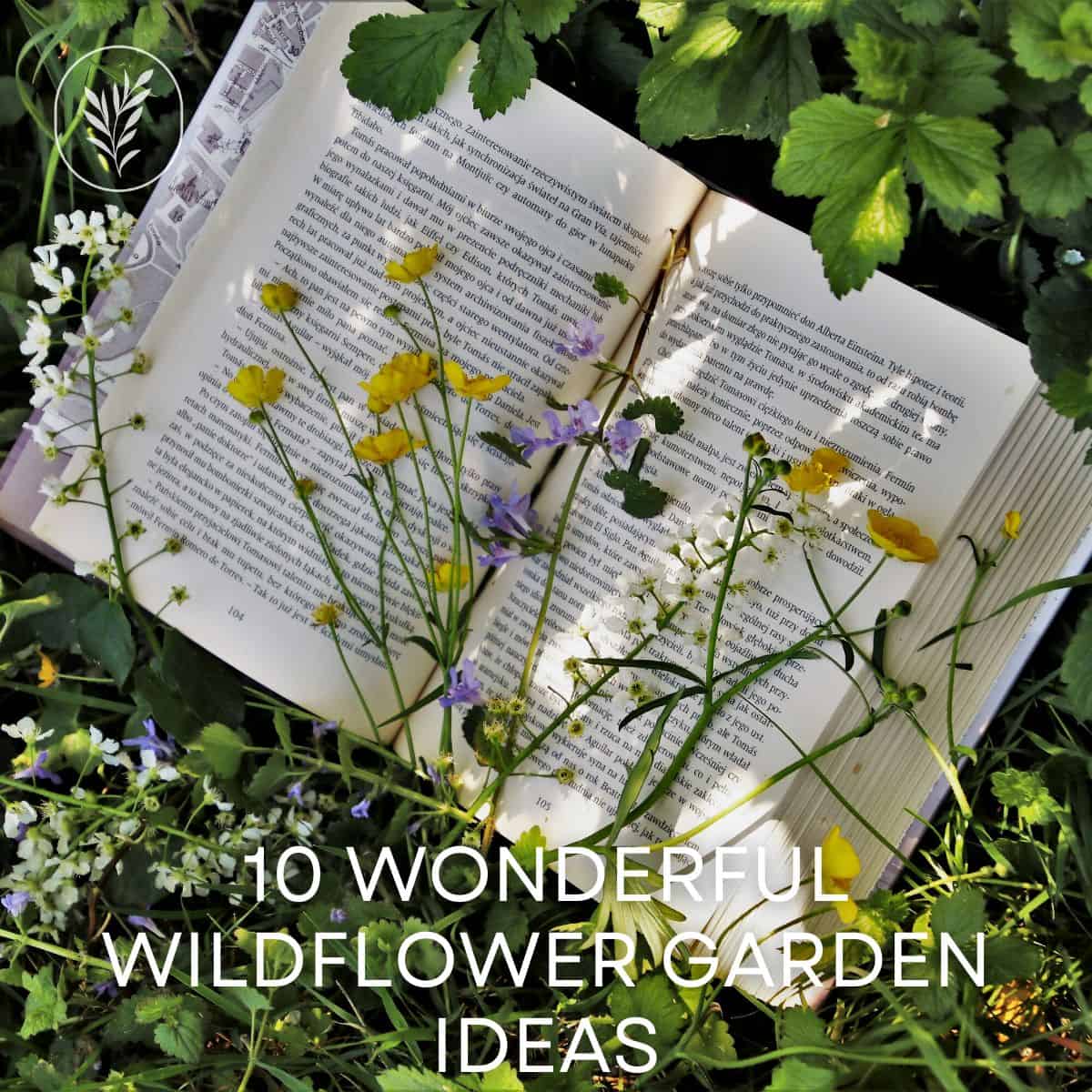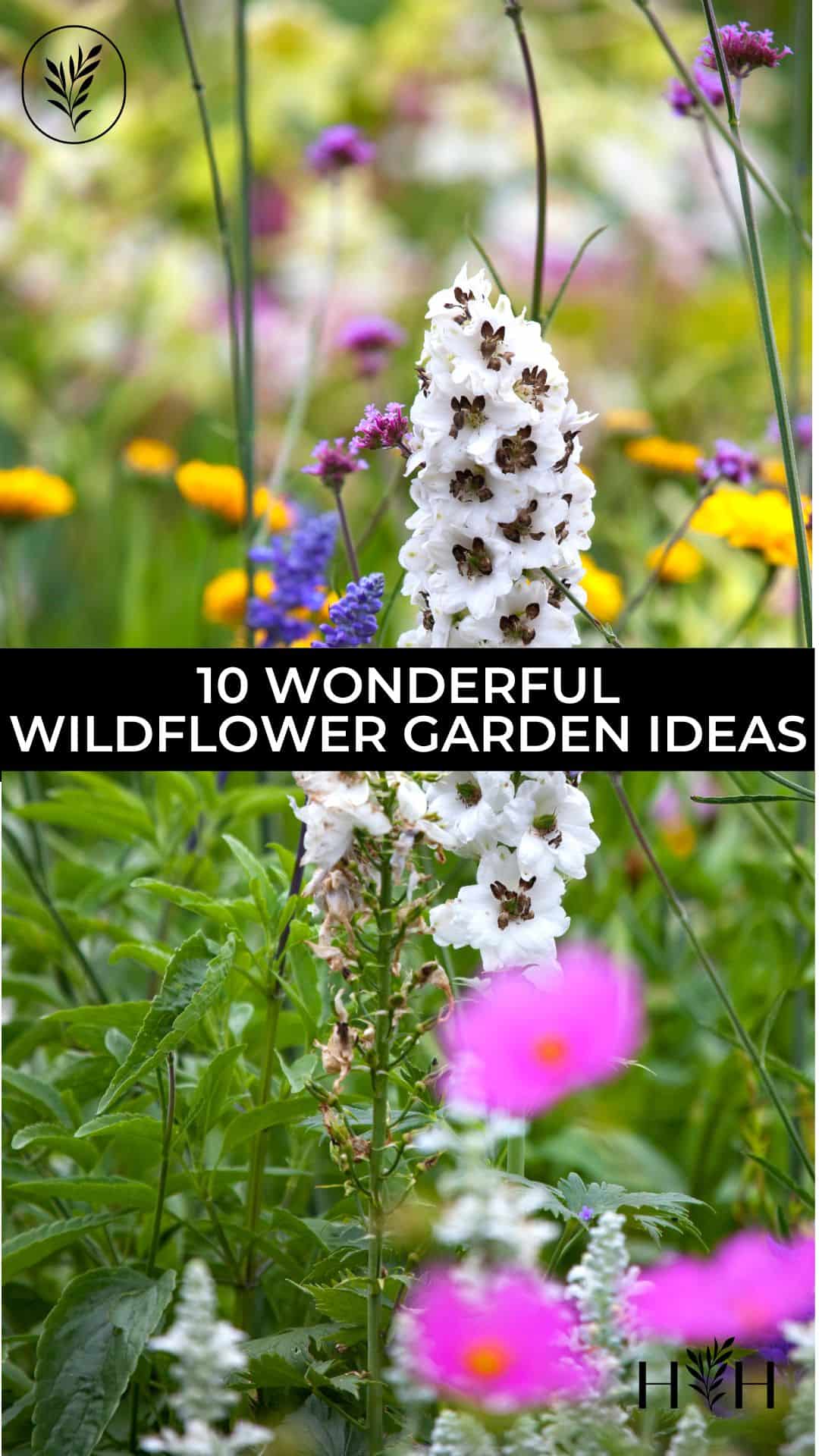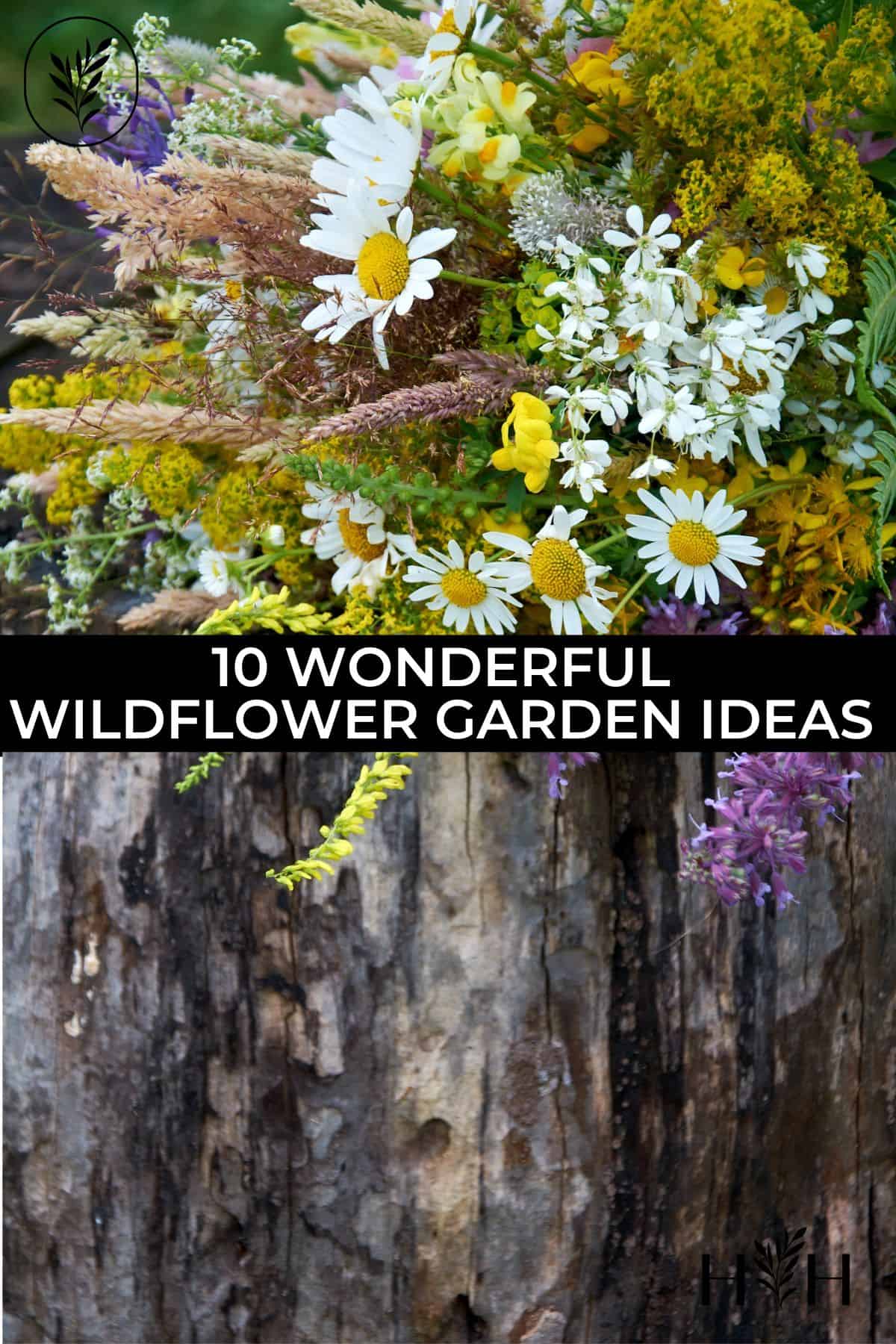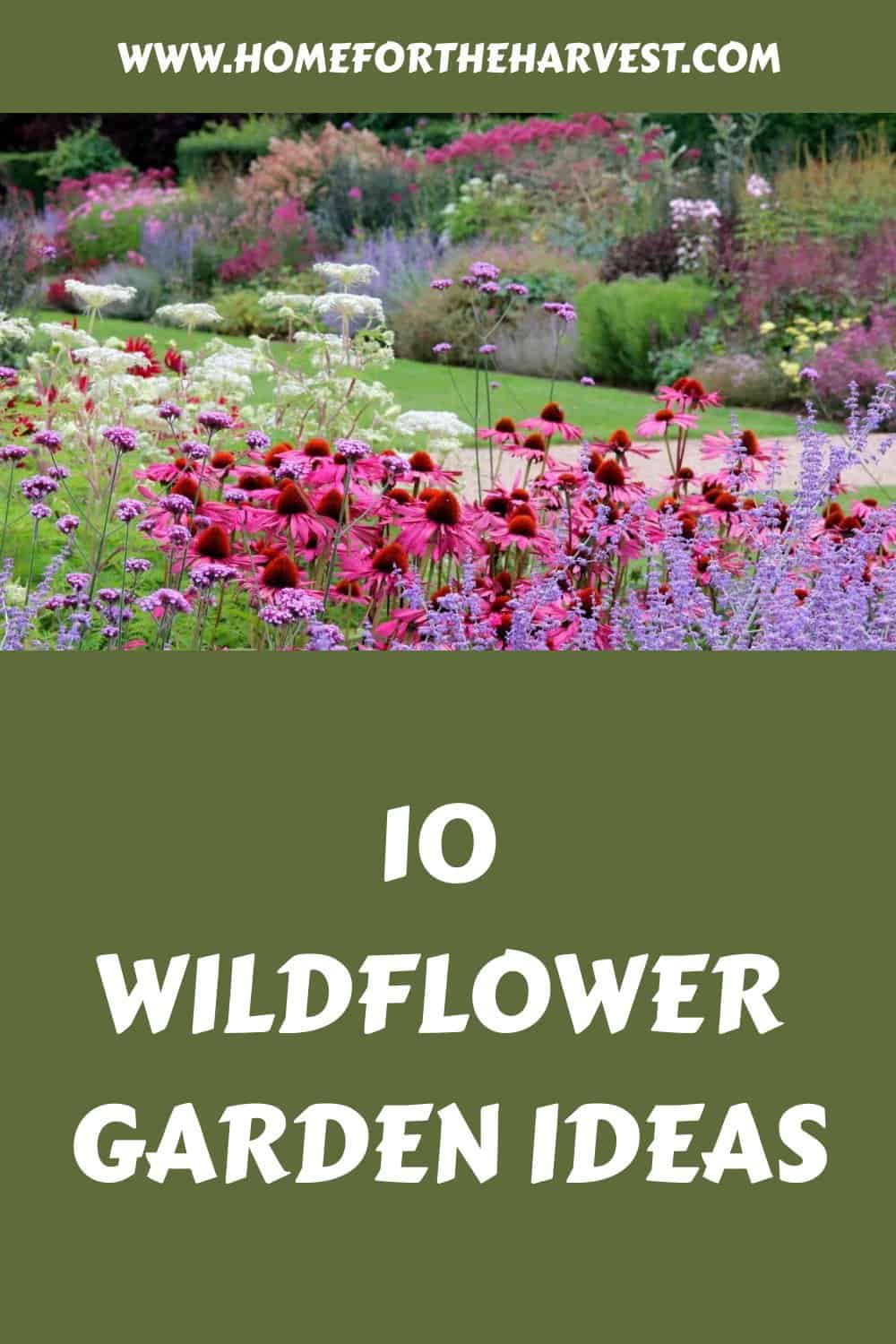Wildflowers can be planted almost anywhere! They make gorgeous additions to existing gardens or their own spaces. These free-flowering blooms line paths nicely and create fitting borders for your yard, steps, and gardens. Not sure where to start or what to add to a wildflower garden? Take a look at some of these fun ideas.
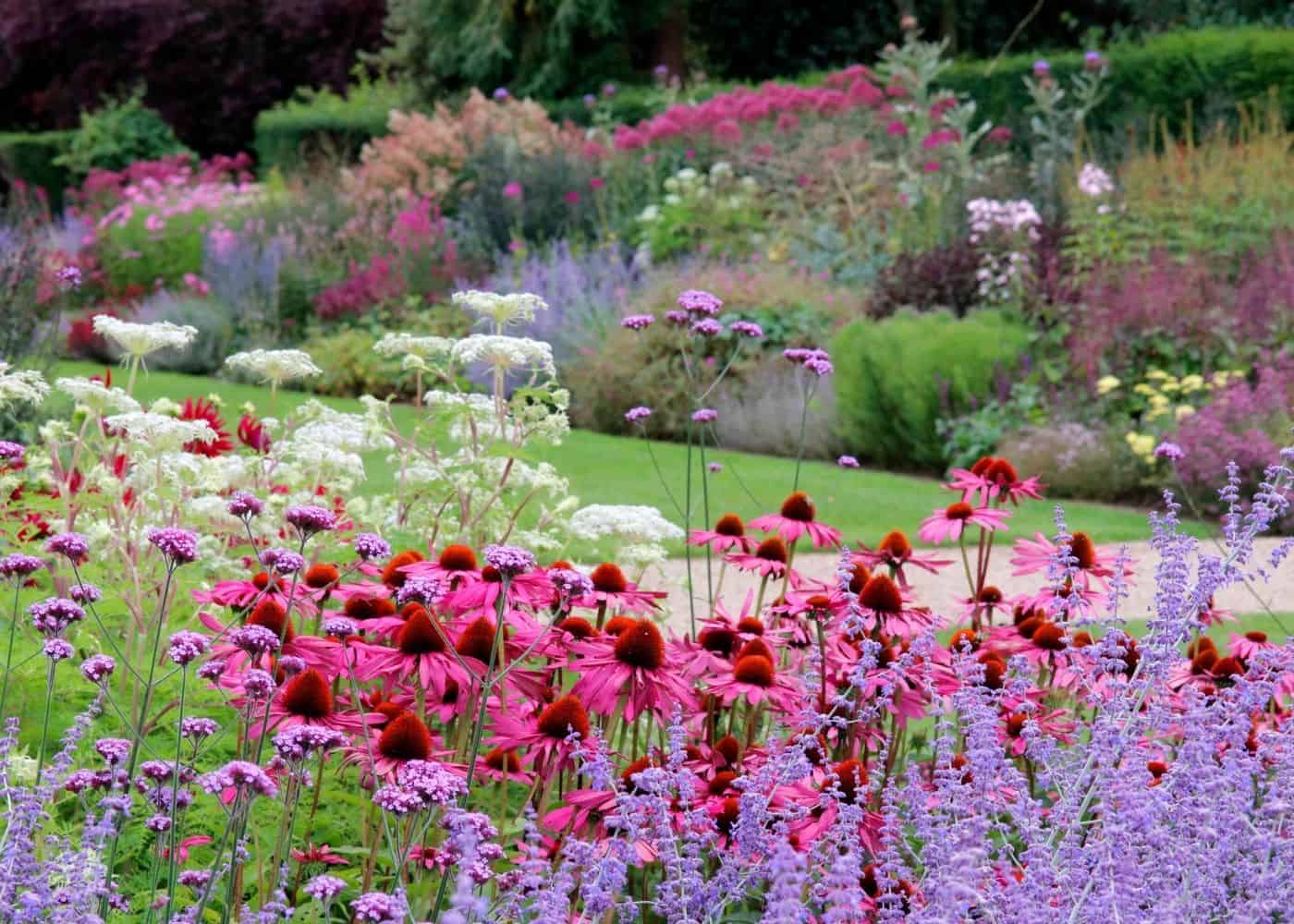
1. Use wildflowers as a beautiful border
Use your favorite wildflowers in existing flower border gardens and plants in your yard. Try planting groups of each plant rather than mixing all of the different types of flowers. Place the border gardens along fences or paths for a pop of color in the spring.
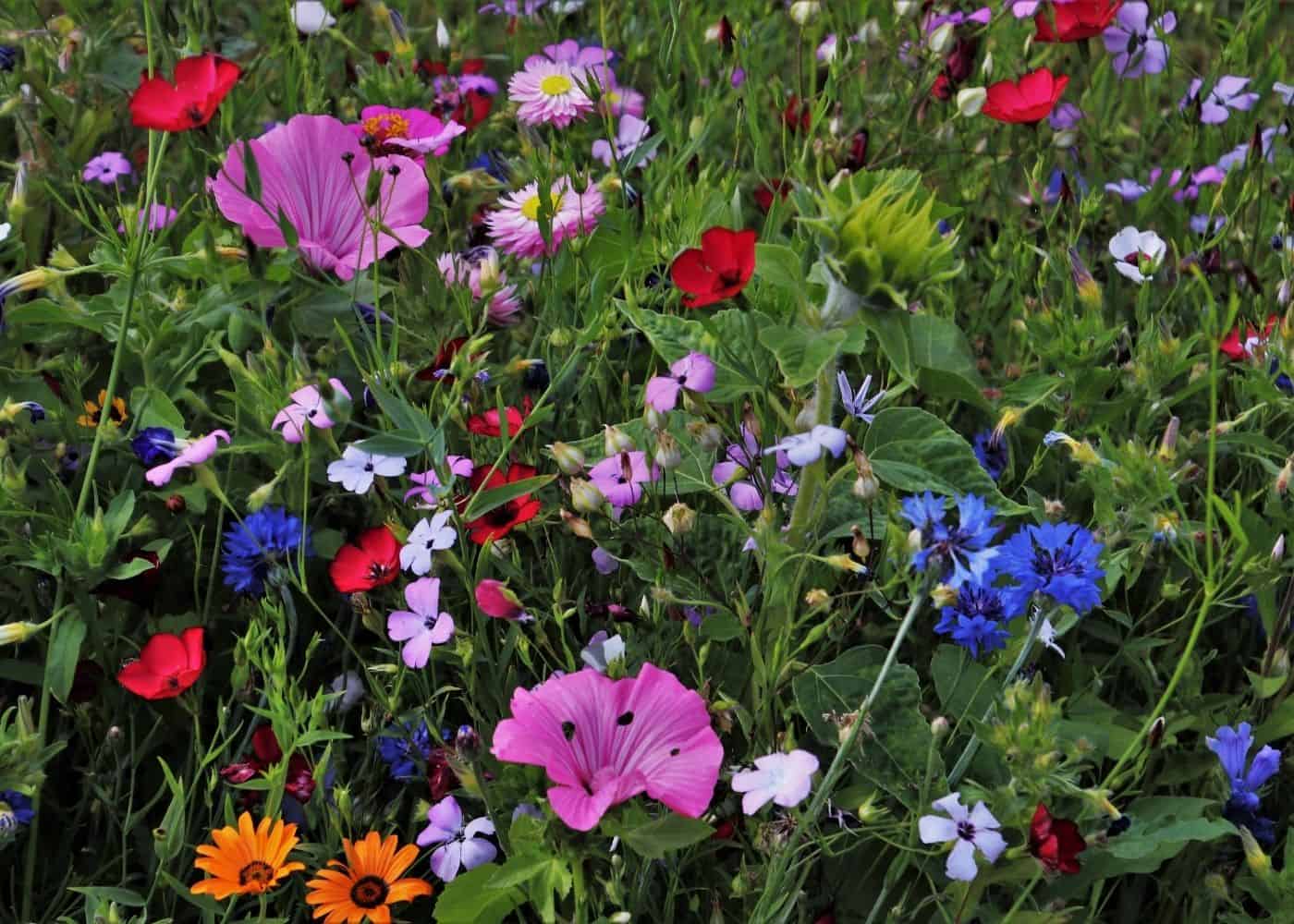
2. Mow a meadow
If you have a grassy backyard with a fence, plant wildflowers along the fence and mow the grass only in the center of the yard. The lovely wildflowers will create a nice buffer between your fence and the grass lawn. Note that most wildflowers sow themselves and spread (that’s why they’re called wildflowers). If you don’t want them to spread into your grass, choose varieties that don’t easily self-seed.
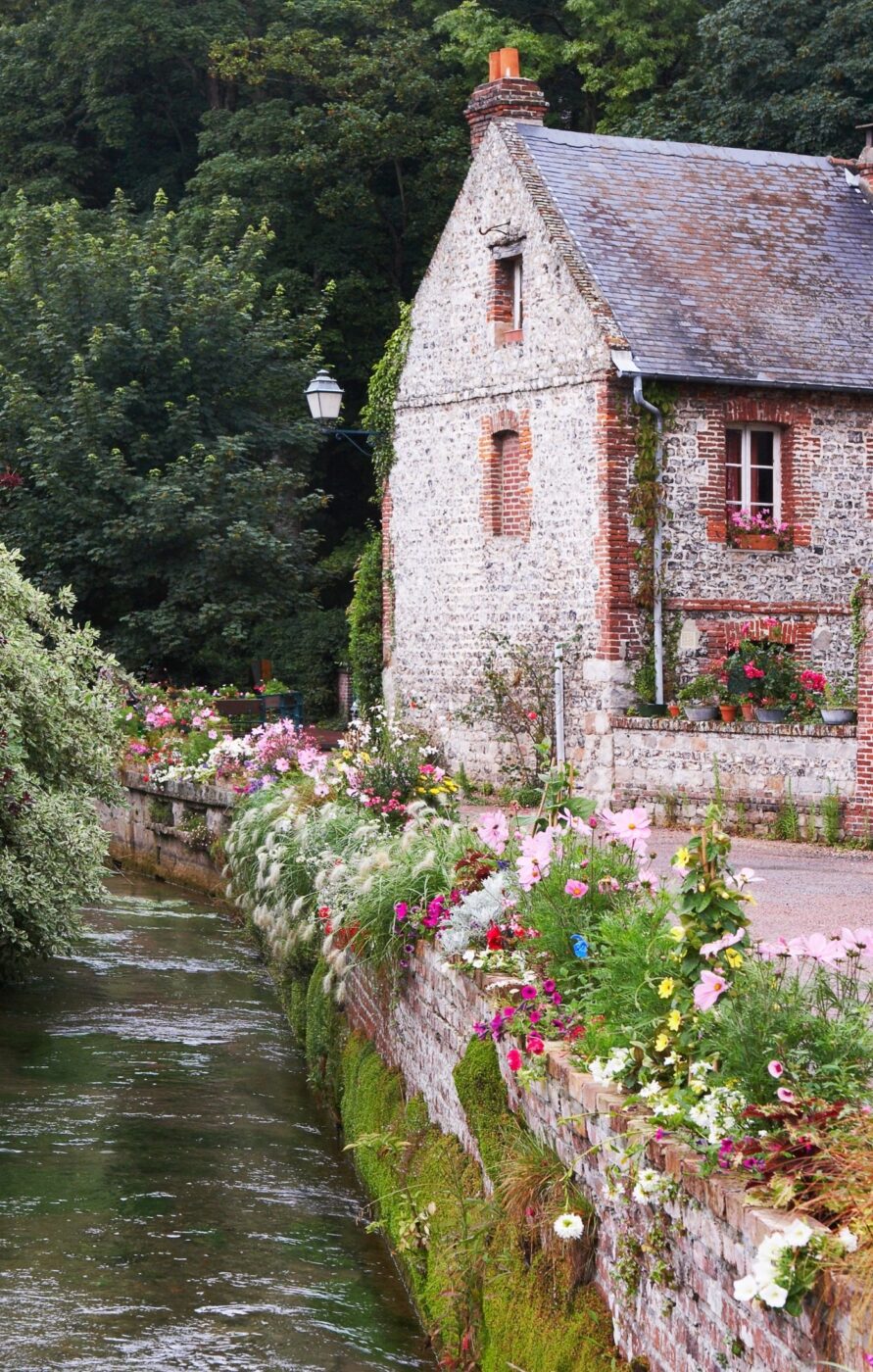
3. Make the wildflowers into a cottage garden
Wildflower gardens and cottage gardens are very similar. A cottage garden is an area where flowering plants (many of them wildflowers) are growing pleasantly together. They don’t fit into any sort of box, they just grow and intertwine to make a lovely flowing garden.
Wildflower gardens do the same! Choose wildflowers and plants that spread to create a wonderful aesthetic. Lupins, Siberian Iris, and Geraniums are wonderful flowers to incorporate into your wildflower beds.
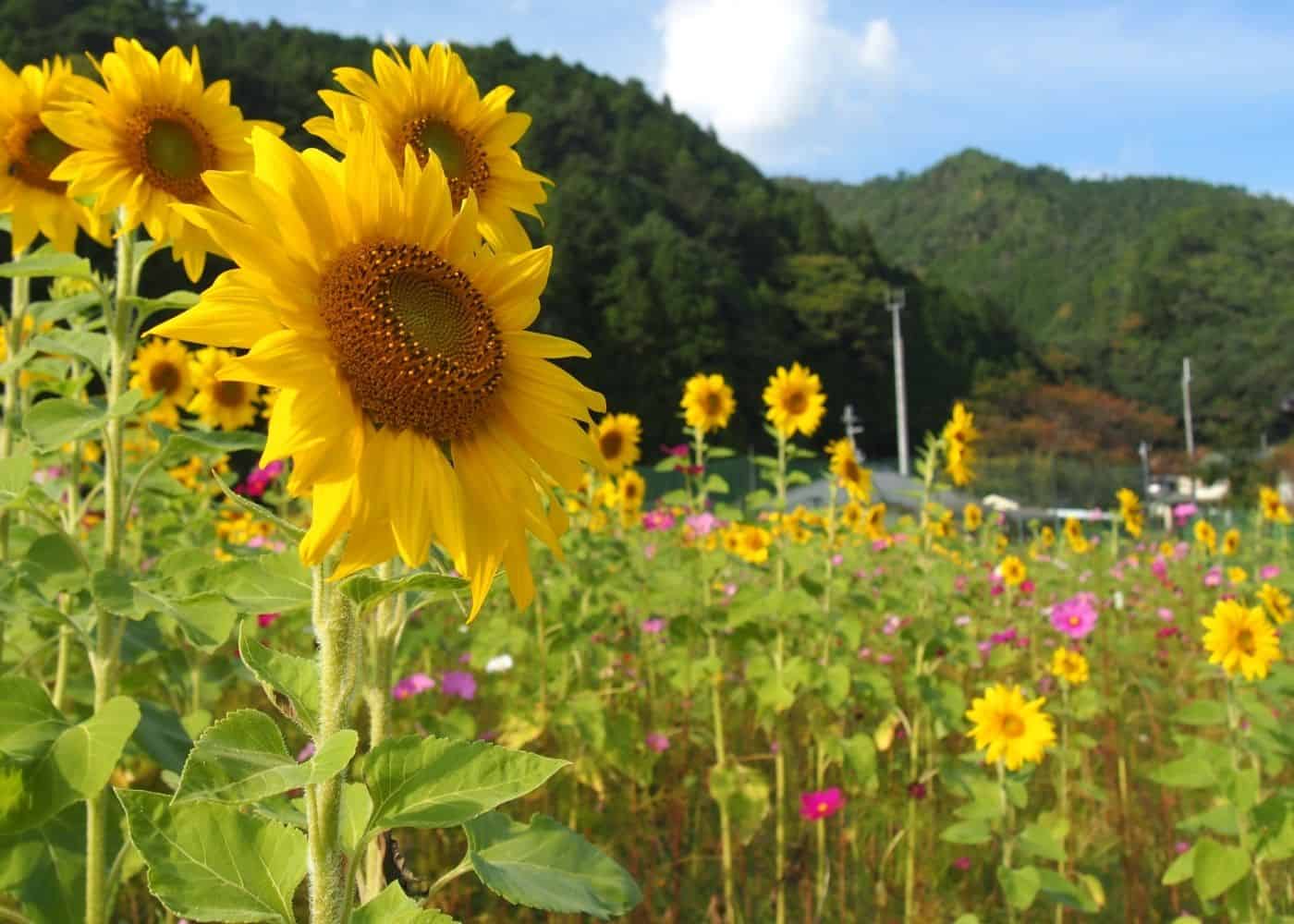
4. Mix and match your wildflowers
Mixing and matching your wildflowers will create a beautiful rainbow of color. Most wildflowers do just fine intermingling with each other. Here are some great wildflower combinations you should try:
- Cosmos & Sunflowers – This combination gives you tall sunflowers against a variety of pink cosmos. It’s stunning!
- Red Poppies & Coreopsis – The red and yellow make a nice soft wildflower garden. The reds are beautiful standing out against the yellows.
- Lanceleaf Coreopsis & Blue Flax – The blue and yellow contrast is extremely pretty in the sunlight.
- Black-Eyed Susan & Echinacea – I love that these two flowers have similar yet wildly different shapes. I love the purple/pink against the yellow of the Black-Eyed Susans.
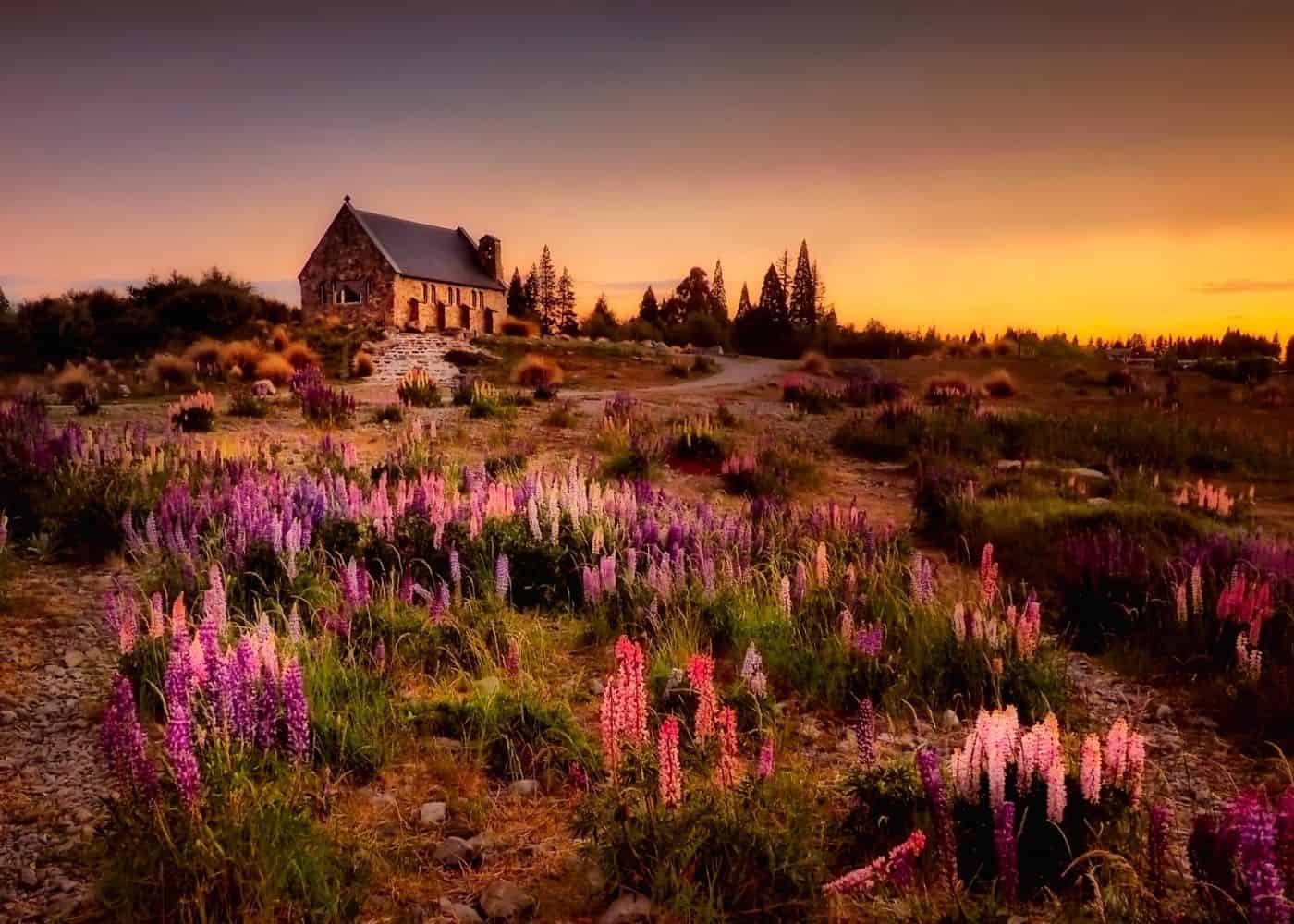
5. Be sure to choose appropriate plants
When choosing your wildflowers, be sure to pay attention to how much sun your area gets. Most wildflowers prefer lots of sunlight, so shaded areas immediately next to a house may not be ideal.
Research the type of soil you will be planting on to make sure your wildflowers will thrive in it. Many wildflowers do best in well-draining soil while others do just fine in rockier places.
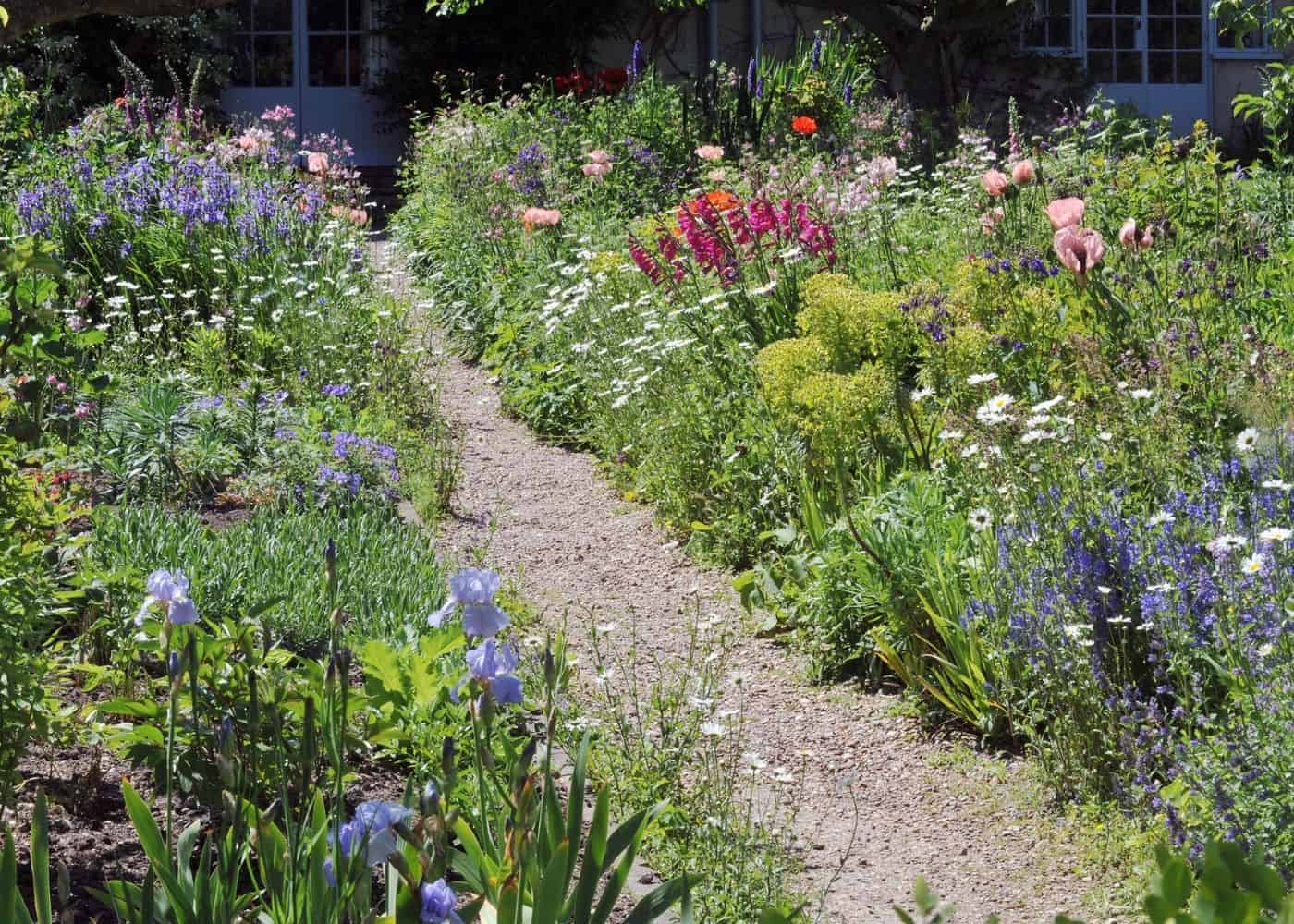
6. Use local wildflowers for best results
If you want the best results in your wildflower garden, purchase wildflowers that are native to the area you live in. These flowers will already be adapted to the rainfall and weather patterns of your region. This means you won’t have to worry about preparing the soil as much or watering for that matter. Your local nurseries will likely know all about native wildflowers and probably have seeds on the ready.
The other benefit of local wildflowers is that they’re likely to attract and support beneficial pollinators in your region. Choose yellows to attract native bees and mix them with some red flowers to attract hummingbirds.
7. Add a fun path through your garden
Since wildflower gardens are meant to be enjoyed, add a winding path through them. You’ll be able to enjoy your morning coffee as you peruse the garden and enjoy the new day. Use large stones or lay concrete if needed. Sometimes a simple rocky path is just the right thing for a wildflower garden!
If your wildflower garden covers most of your yard, mow a path in the grass that you and any guests can walk along. If you have kids, let them make pavers you can add to the garden to enjoy for years to come.
8. Invite Wildlife Into Your Garden
To make your Wildflower Garden even more appealing add objects that will attract beautiful songbirds, toads, and other wildlife. Find cute life toad houses, birdbaths, and more at your local nursery, and let the wildlife live among your beautiful flowers.
Other animals that will enjoy your wildflower gardens regardless of what you add are hummingbirds, insects, and butterflies. Forget-me-nots, Buttercups, and Ox-eye daisies are wonderful attractants for wildlife.
9. Use perennial wildflowers
I like to choose perennials so the plants return in future years. This makes it easy to maintain the wildflower garden as you don’t have to re-plant everything each spring. Most perennial wildflowers are extra-hardy (and many annual wildflowers self-sow each year). You usually just plant them and then sit back to enjoy their beauty.
Here are some great perennial wildflowers:
- Shasta Daisies
- Lupine
- Blanket Flower
- Blue Flax
- Yarrow
- Milkweed
- Mexican Hat Flower
- Purple Coneflower
- Primrose
- Sweet William
- Gayfeather
- Tickseed
- Black-Eyed Susan
10. Create a small wildflower garden if you don’t have much space
Hoping to create a wildflower garden but have a small yard? It’s still possible. Build or purchase a garden bed that fits your living space. Inside this box, add your favorite wildflower seeds. As they grow, they will most likely hang over the edge of the box and upward, so keep this in mind when deciding how many seeds to plant.
The wildflowers do great in large window boxes or 2′ by 4′ garden boxes. Just because you have a smaller space doesn’t mean you can’t enjoy gorgeous wildflowers!
11. Scatter your favorite seeds and see what happens
Not really sure that you want to research wildflower seeds? That’s the fun in wildflower seeds, you can scatter them and watch what happens. There are many wildflower seed mixes, especially perennial wildflower mixes and bee/pollinator garden seed mixes.
Wildflowers are simply that, wild! They grow free and don’t follow rules. Pick a couple from the nursery and scatter them lovingly in your chosen space. Then, watch the magic happen!
Wildflower gardens are an amazing sight to be seen. They are all extremely different and have a mind of their own. Use them to create borders and fun paths through your landscape or watch them grow freely in your yard. Whatever you do, have fun with them!


